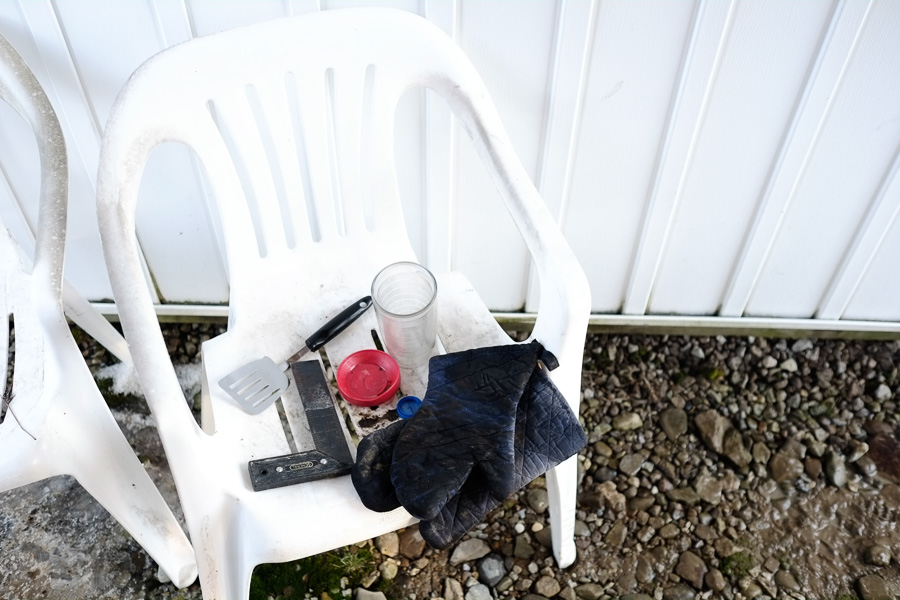Tapping Season
The approach of March brings longer days and greater daily temperature fluctuations, both signs that the sap of Maple trees is beginning to flow. For many in my area of Northeast Ohio some of that sap is flowing into buckets for production of maple syrup. While not as well known as Canada or Vermont for syrup production, Ohio is one of the top five states for tree tapping and its epicenter is in my home county, Geauga.
Last Sunday morning the kids and I met some friends to see their sap boiling set-up. Late February. A cool wind blows from behind me and chills my back while hot, billowing steam and a fire warm me from the front. The steam makes its way past me out of the lean-to that houses the large steel firebox that holds a tray of simmering maple sap. Geauga County is scattered with sugar houses, permanent, shed-sized structures for production of larger quantities of syrup, but our friends work at a smaller scale and have tapped only about 50 trees. Nonetheless, their boil system is impressive for a hobbyist rig: a plywood lean-to sheltering a welded, wood-burning firebox with a welded, 4-foot long steel tray of sap simmering away above. This was the first of several boils for the season[1]. It’s a full day affair even in small-scale syrup production with each boil simmering for most of a day (or, if time doesn’t allow for a long boil, the partly boiled sap is stored, chilled and boiled to finish another day) before enough water evaporates out of the sap to result in the Maple syrup people are familiar with on their breakfast carbs. It takes roughly 10 gallons of sap to produce a quart of syrup. [2]
The kids found the process interesting for a few minutes before the monotony of standing around talking and watching liquid boil wore them down and they left the lean-to with their friends for the snow piles and playset in the yard. Living in this area my kids have seen this process before and are well aware of where their syrup comes from and how it’s made, but I still like to expose them to the various processes of food production, especially local, natural foods.[3] And me? I always learn something new from people I talk with about their interests. I also like to stand around fires on beautiful days and ramble on with friends.




